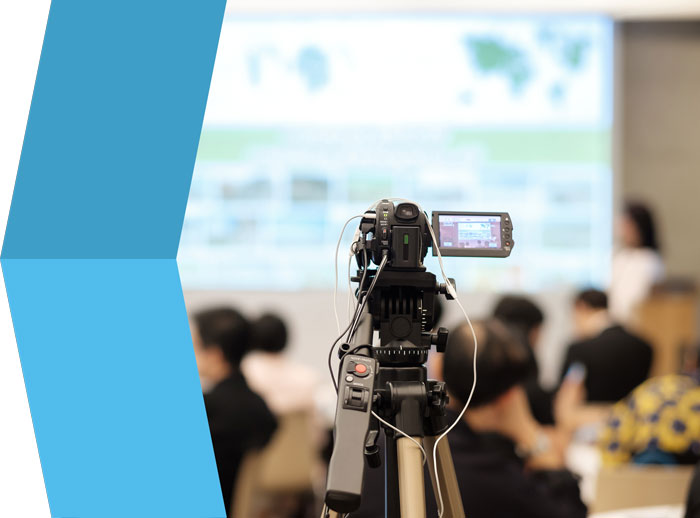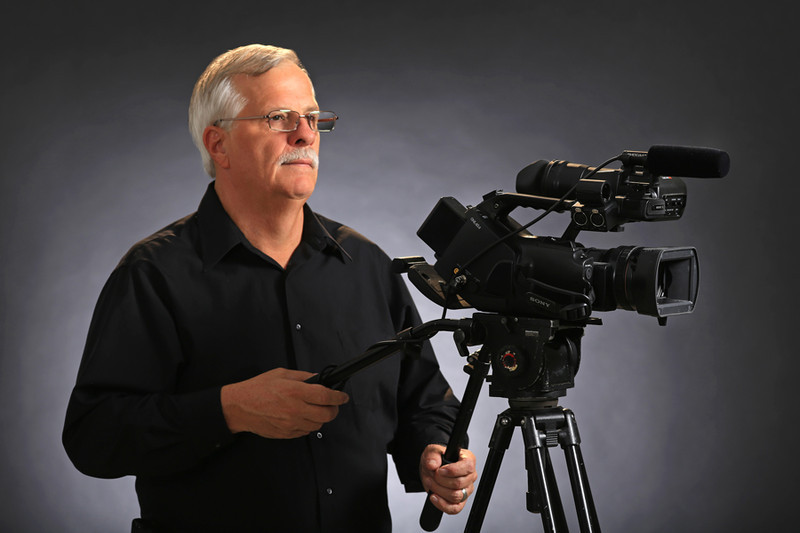The Duty of Legal Videography in Modern Legal Process
The Duty of Legal Videography in Modern Legal Process
Blog Article
Exploring the Mechanisms of Legal Videography: Unveiling Its Operation in Safeguarding Authentic Aesthetic Testament for Judicial Process
In the world of judicial procedures, the function of legal videography stands as a cornerstone in preserving and offering aesthetic evidence. As technology remains to advance, the mechanisms behind lawful videography have actually become progressively intricate, using a crucial layer of authenticity to statements captured on video clip. By diving into the functional details of lawful videography, one can uncover the meticulous procedures that protect the integrity of aesthetic proof provided in courtrooms - Legal Videography. This expedition not only loses light on the historic evolution of lawful videography however additionally means the future trends that might even more revolutionize exactly how visual testaments are supported in the world of justice.
Historic Evolution of Legal Videography
Checking out the historical development of lawful videography reveals a considerable transformation in the catching and presentation of visual evidence within the lawful landscape. In the past, legal procedures heavily relied upon composed pictures and transcripts to record events and provide evidence. With the introduction of video innovation, the lawful sector witnessed a paradigm shift in how visual testimony was caught and provided.
The development of lawful videography can be traced back to the late 20th century when advancements in video recording equipment made it much more obtainable for usage in court rooms. This technical innovation not just boosted the precision and dependability of aesthetic proof yet additionally changed the means instances existed to discretionary (Legal Videography). Attorneys started to acknowledge the convincing power of video clip recordings in sharing feelings, nuances, and non-verbal hints that composed pictures or records alone can not capture effectively

Technology Advancements in Video Clip Documents
What key technical advancements have changed video clip documentation in the legal field? The legal field has actually seen significant advancements in video clip documents modern technology that have actually boosted the authenticity and dependability of visual proof in judicial proceedings.
In addition, developments in video clip file encryption and watermarking modern technologies have strengthened the safety and security and tamper-proof nature of video clip evidence, securing it versus unauthorized modifications or meddling. Additionally, the arrival of cloud storage options and remote gain access to abilities has streamlined the storage, access, and sharing of video evidence, helping with smooth collaboration among legal professionals and ensuring effective accessibility to essential visual testaments when needed. These technological improvements in video clip documentation have most certainly revolutionized the legal field, enhancing the accuracy, reliability, and admissibility of visual evidence in judicial proceedings.
Role of Legal Videographers in Courtroom Settings
The advancement of video clip paperwork innovation in the legal field has actually demanded a critical function for legal videographers in courtroom setups, making sure the stability and reliability of aesthetic statements provided during judicial process. Legal videographers play a fundamental duty in catching and protecting accurate visual proof that can be essential in lawsuit. Their responsibility reaches establishing tools, tape-recording process, and generating top notch videos that properly reflect the occasions in the courtroom.
In court settings, legal videographers must follow strict guidelines and standards to preserve the authenticity of the visual document. They must possess an eager eye for detail and a comprehensive understanding of lawful treatments to make sure that the video footage they record is a true depiction of the occasions that transpired. In addition, lawful videographers typically function carefully with lawful teams to guarantee that the video proof straightens with the instance's demands and can be effectively presented in court to support the legal disagreements being made. On the whole, the duty of legal videographers in courtroom settings is important in promoting the principles of justice and making certain the transparency of legal process.

Ensuring Admissibility and Integrity of Video Clip Evidence
To maintain the trustworthiness of visual evidence presented in legal procedures, ensuring the admissibility and integrity of video clip evidence is an important responsibility for legal videographers. Admissibility describes the approval of proof by the court, and for video clip evidence to be admissible, it must satisfy certain standards. Lawful videographers play an essential function in ensuring that the video clips they record follow the rules of proof, such as authenticity, reliability, and importance.
Honesty of video proof involves preserving the originality and precision of the footage from the moment it is taped until it exists in court. This includes firmly storing the video documents, recording the chain of guardianship, and protecting against any tampering or modifications. Lawful videographers must comply with rigorous protocols to assure the stability of the video clip proof and protect against any type of difficulties to its authenticity.
Future Trends in Legal Videography
Offered the raising reliance on innovation in lawful process, lawful videographers are positioned to accept cutting-edge advancements forming the future of aesthetic statement capture and presentation. One of the famous fads imminent is the assimilation of online truth (VIRTUAL REALITY) and augmented truth (AR) innovations into lawful videography. These modern technologies have pop over to this web-site the possible to revolutionize how aesthetic evidence is offered in court rooms, permitting courts and judges to submerse themselves in the scene of the criminal activity or occurrence.
Furthermore, the use of expert system (AI) algorithms for video evaluation is expected to simplify the procedure of assessing and examining large amounts of video footage. AI can aid in identifying crucial moments, anomalies, and patterns within videos, improving the performance of helpful resources legal examinations.

Conclusion
Finally, legal videography has played a critical duty in offering genuine visual proof for judicial process. With technical developments and the expertise of legal videographers, the honesty and admissibility of video clip proof are ensured in court room settings. As legal videography remains to advance, it will be important to copyright criteria that keep the precision and dependability of visual testament for the future of legal process.
Taking a look at the historical development of lawful videography exposes a considerable transformation in the capturing and discussion of aesthetic proof within the legal landscape.The evolution of video documentation technology in the legal field has demanded an essential function for legal videographers in court room settings, making sure the integrity and dependability of visual statements presented top article during judicial proceedings. Additionally, lawful videographers often function carefully with lawful groups to guarantee that the video evidence straightens with the instance's demands and can be effectively offered in court to support the lawful arguments being made.To keep the reputation of aesthetic proof provided in lawful process, making certain the admissibility and integrity of video clip evidence is a critical duty for legal videographers. As lawful videography proceeds to advance, it will certainly be vital to promote requirements that maintain the accuracy and reliability of aesthetic testimony for the future of lawful procedures.
Report this page